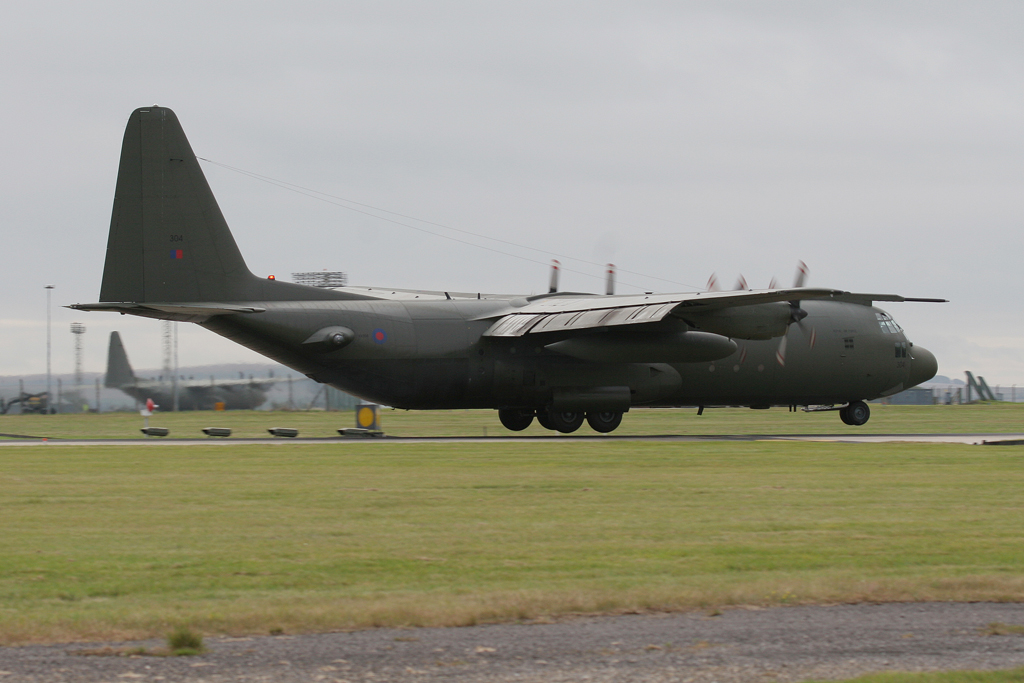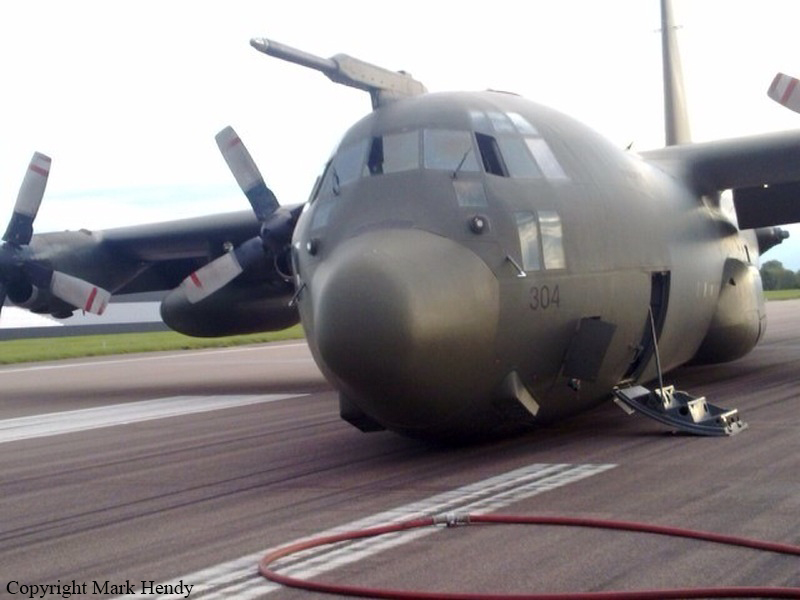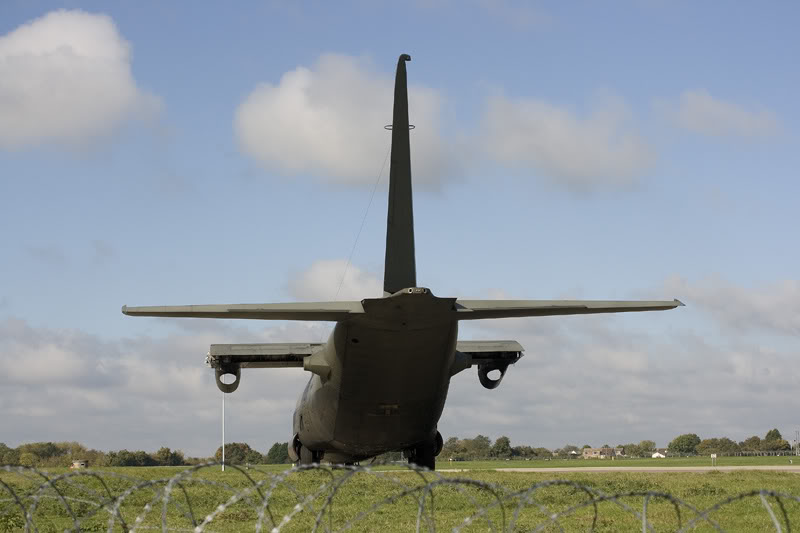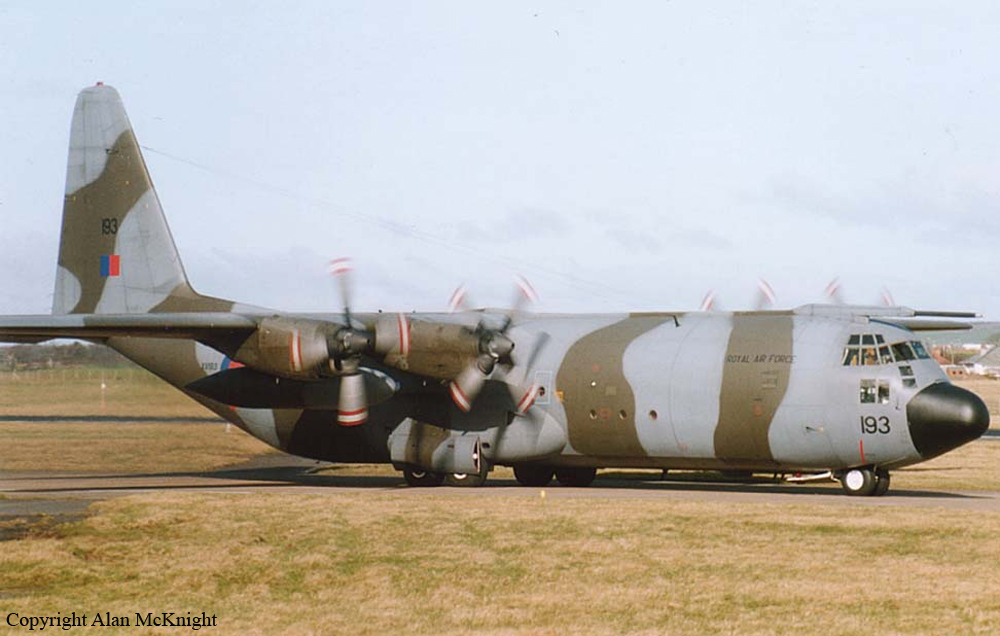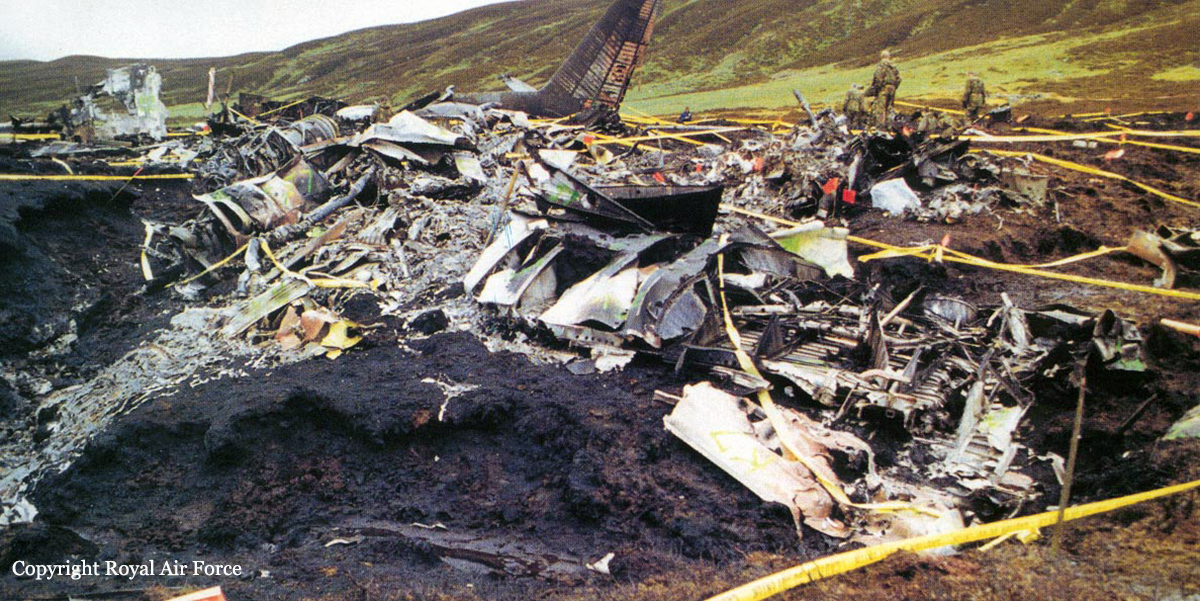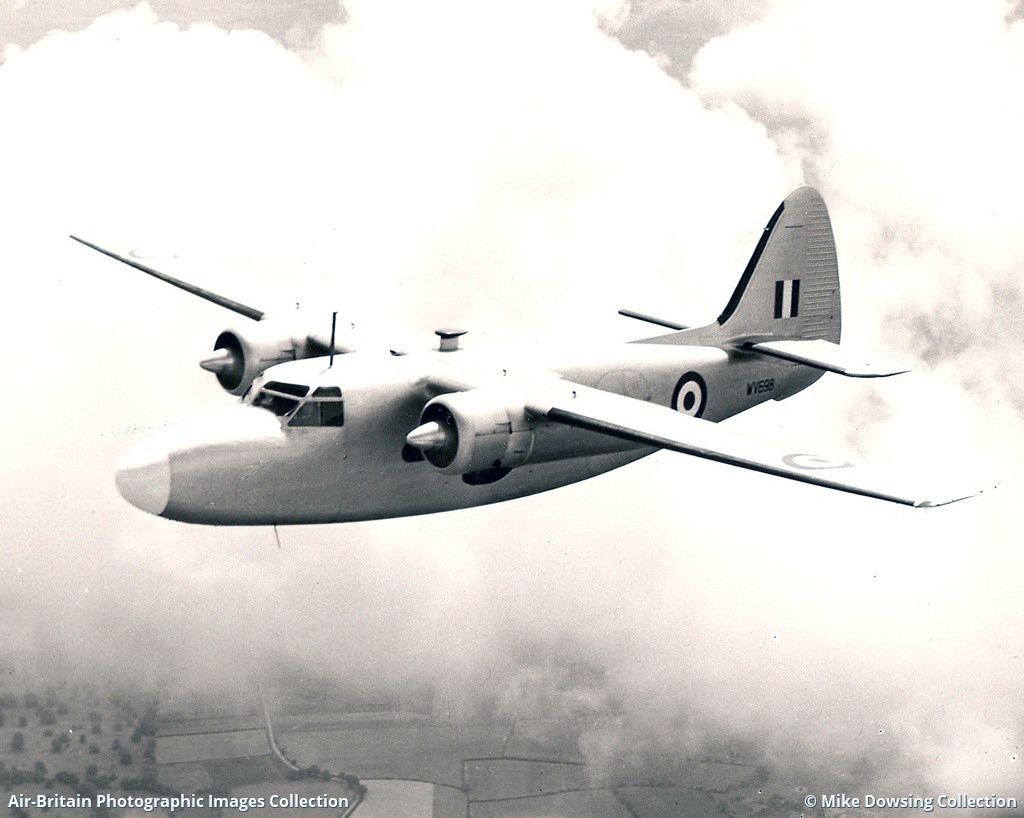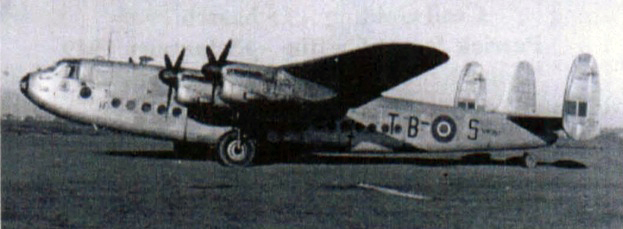Crash of a Lockheed C.3A Hercules in Brize Norton
Date & Time:
May 6, 2010
Registration:
XV304
Survivors:
Yes
Schedule:
Lyneham - Brize Norton
MSN:
4272
YOM:
1968
Crew on board:
4
Crew fatalities:
Pax on board:
0
Pax fatalities:
Other fatalities:
Total fatalities:
0
Circumstances:
The crew was engaged in a troop transfer mission between RAF Lyneham and Brize Norton. Following an uneventful flight, the four engine aircraft made a wheels up landing at Brize Norton Airport. It slid on the runway for few dozen metres before coming to rest. All four crew members escaped uninjured while the aircraft was damaged beyond repair.
Probable cause:
It appears that the crew failed to follow the approach checklist and forgot to lower the undercarriage. There was no reaction or any corrective action from the crew when the alarm sounded in the cockpit on approach, informing the crew that the undercarriage was not lowered. No technical anomalies were found on the aircraft or its equipment.
